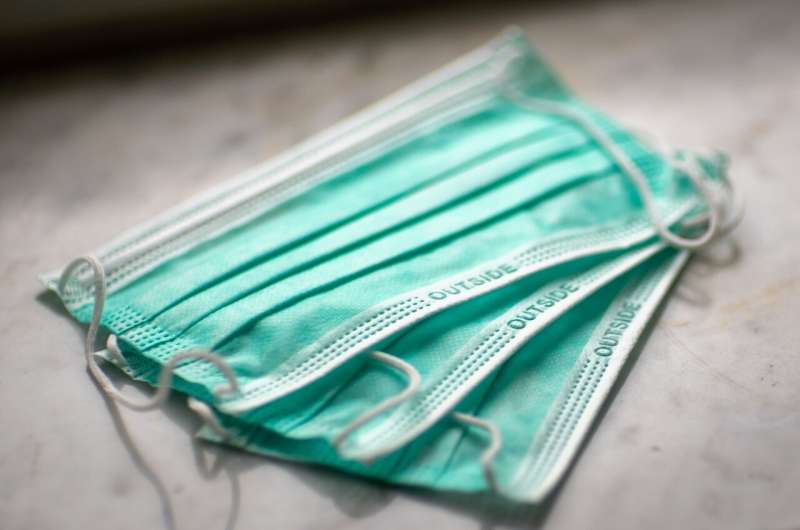Why any mask is better than no mask

As people return to offices and students to classrooms, masks are recommended indoors to limit the spread of COVID-19. Though N95 and KN95 masks offer the highest degree of protection, any mask is better than no mask. Serhiy Yarusevych, a professor in Mechanical and Mechatronics Engineering at the University of Waterloo and the principal investigator in the Fluid Mechanics Research Lab, explains how best to limit the spread of COVID-19 indoors.
As people start going back out to work, how important is it to continue wearing masks indoors? And do I need to use N95 and K95 masks?
It has been established that the SARS-CoV-2 virus that causes COVID-19 is transmitted by droplets produced during various expiratory activities, such as breathing, speaking, coughing, or sneezing. Consequently, any means of limiting the spread of droplets is of primary importance for controlling the spread of COVID-19. All types of masks are quite effective at capturing larger respiratory droplets. The masks also capture a portion of virus-laden aerosols exhaled by an infected person and inhaled by healthy occupants. This makes masking an essential component of COVID-19 mitigation indoors.
Although our recent research shows that the efficacy of capturing aerosols varies significantly based on mask type—with respirator masks such as N95 and K95 offering a significantly higher degree of protection compared to common cloth and disposable blue masks—all masks offer an added degree of protection.
If workers don’t have access to N95 and KN95 masks, what are the best practices to make cloth and disposable blue masks more effective?
The effectiveness of any mask depends on both the filtration capability of its material and mask fit to the face. The former aspect has been reflected in a revision of Public Health guidelines for non-medical masks, which now recommend the use of three-layer masks that incorporate a non-woven filter material. At the same time, since any mask only filters airflow that passes through the mask material, it is critical to ensure that the mask covers both your nose and mouth and forms a tight fit around your face. A poor mask fit can significantly reduce the effectiveness of even medical-grade masks. The appropriate mask donning procedure should ensure that your mask covers the nose, mouth, and chin, the elastic straps are adjusted to produce a tight fit around your face, and the nose-bridge wire is shaped for a tight fit. These steps should minimize any gaps between the mask and the face. A well-fitting mask should ensure minimal airflow around the nose bridge and cheeks, and the mask surface should visibly deform during normal breathing.
With schools resuming in-person classes, how best can children be protected who cannot wear masks or might not wear them correctly?
Source: Read Full Article
